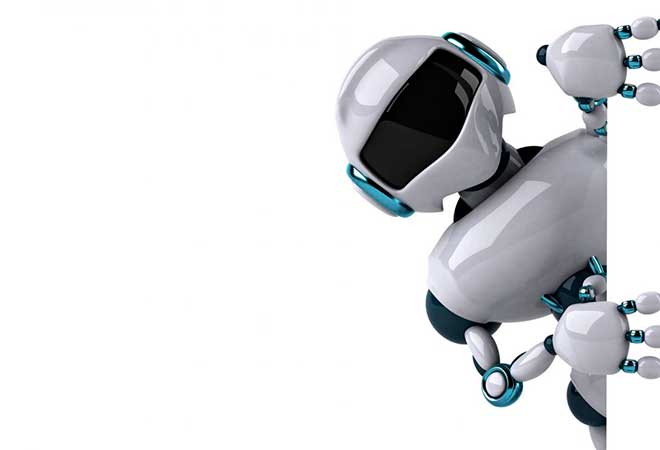As demand for robots grows, companies in numerous industries are looking for additional ways to increase their productivity and competitiveness in the post-pandemic era. ABB has developed a series of long-term forecasts looking at the key factors affecting demand for robots in the coming year. With artificial intelligence (read more here) now demonstrating near-human capabilities, the pandemic has intensified global processes, from labor shortages and supply chain instability to customer individuality and the growing need for resiliency. It has led companies to turn to robotic automation increasingly. As technology provides new opportunities for buyers to meet their needs, the latest trends will continue to emerge, driving demand in areas where robots have not typically been used.
Based on conversations with customers, market research, and an international study involving 250 companies across industries, ABB has identified three key trends that will shape the level of demand for robots in 2022-2023.
1. The EV revolution is bringing sweeping changes to the automotive industry
With many countries set to limit and phase out the production of vehicles with internal combustion engines over the next decade, the transition to electric cars has accelerated. Manufacturing companies and their production chains face the challenge of diversifying the production of electric vehicles (EVs) in parallel with internal combustion engine vehicles to meet the various regulations governing EV adoption worldwide. Both new and established companies will move away from conventional linear production toward modular production with the necessary speed and flexibility.
Another significant shift is to bring battery manufacturing closer to the car assembly process to ensure sustainability and compliance with regional requirements, which often requires building entirely new facilities.
2. The flowering of e-commerce
Customer behavior and expectations drive businesses to find new ways to meet demand, create a new channel using retail technology across all channels, and adjust the production lines and sales process to personalize both products and delivery. To accomplish these tasks, hundreds of robots have been introduced worldwide where they were not used at all just 5 years ago. This rapid pace of automation will continue into 2023, driven by a combination of consumer demand trends and a growing labor force shortage.
3. Robots will appear in new places - workers need new skills
Smaller, more affordable, and easy-to-use robots are removing many barriers that have previously deterred companies from investing in robots. There is now a rapid advancement of robots in general and small and medium-sized companies, as businesses try to find the latest methods to automate various tasks.
With the increasing ability of robots to work directly alongside humans, allocate responsibilities and learn skills through AI, it is also becoming easier for companies to adopt intelligent automation tools in the construction industry, health care labs, restaurants, and retailers.
With the widespread adoption of robots in the workplace, there will be a need for retraining of engineers and staff. There will be an increased demand for robotics training in schools, colleges, and universities to acquire knowledge of programming, operating, and repairing robots for future automation.
Changes of the Decade
Trends in 2023 will be the latest stage in the transformation of robotics automation, resulting in the accelerated integration of robots into the industry.
While productivity and quality have always been important for automation - scalability and increased productivity - today's changes show that flexibility and simplification are critical success factors.




